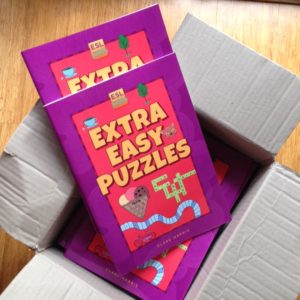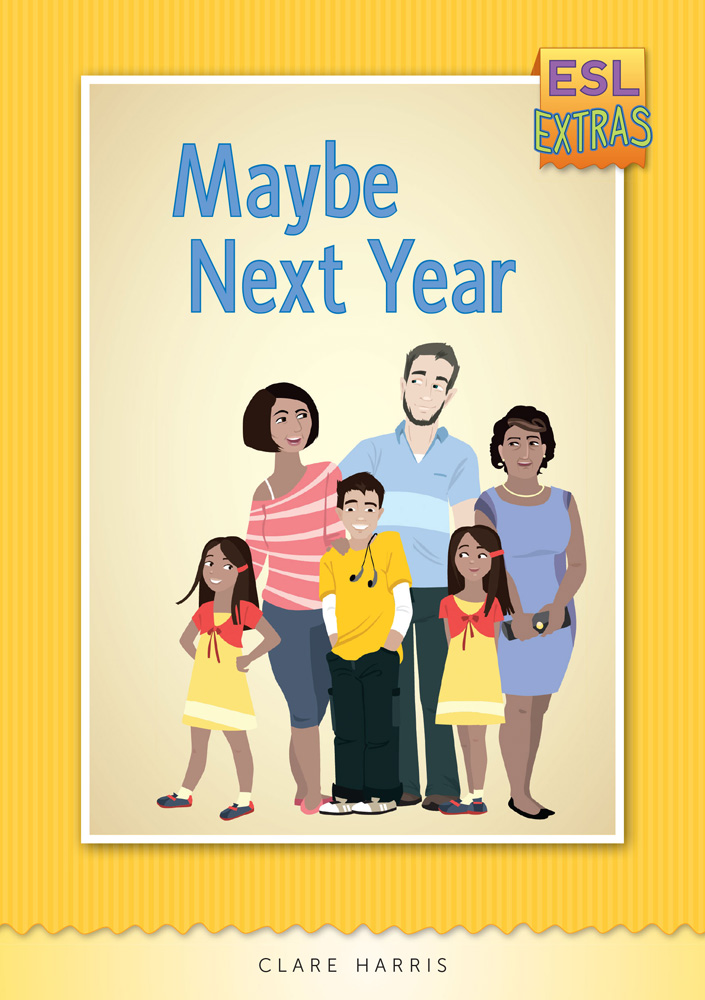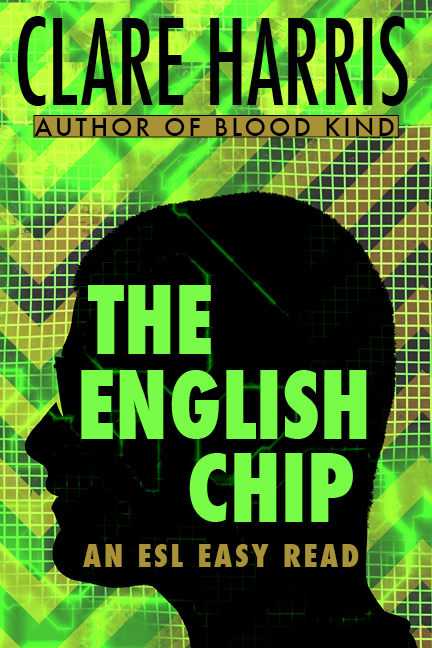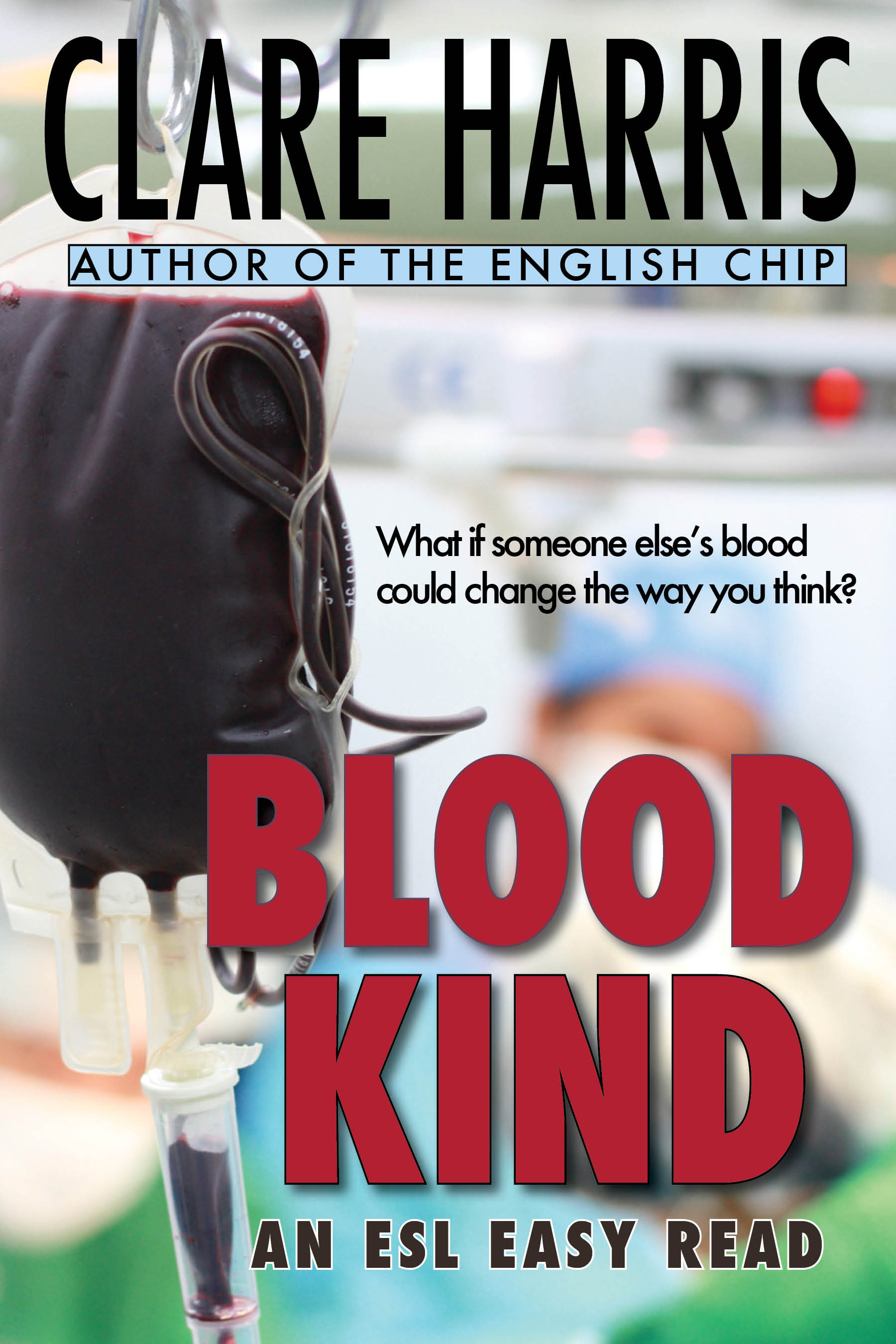 It’s always quite magical to open the box and find a stack of the latest ESL Extras book: they’re real, they’re here – and looking back through my files, it’s only taken around three years…
It’s always quite magical to open the box and find a stack of the latest ESL Extras book: they’re real, they’re here – and looking back through my files, it’s only taken around three years…
This time it’s a puzzle book – Extra Easy Puzzles – for what I call ‘Beginner C’ learners: strong beginners who can read sentences comfortably and know about past tense, though you could use it with ‘Beginner A’ students as a shared or modelled activity. You can download the samples on The Book Next Door website.
The value of ‘think-aloud’ demonstration for ESOL students
When teachers project puzzles on the whiteboard, it really engages students, and also allows the teacher to do some ‘think aloud’ demonstration for learners who are new to puzzles (so valuable, especially if they see you getting a bit stuck, and then resolving the problem). So the CD in the back of Extra Easy Puzzles has a pdf of the puzzles, for projecting or printing.
In case you haven’t done much with puzzles before, you might be checking that learners are familiar with things like across and down, the value of using a pencil, and the fruitlessness of trying to cram a 6 letter word into a 5 letter space… but I particularly like helping learners realise that the box full of ‘words to use’ or ‘words to find’ is only useful if they cross out words as they use them.
Spelling matters! Making sure it all makes sense
Another new concept for some learners is using the letters from the shaded boxes to find a ‘new word’ – and making sure that the ‘new word’ actually makes sense and isn’t just fxmily – and that if it is, that’s a clue that they’ve gone wrong somewhere.
What if learners struggle to do the puzzles? My experience is that they all get there eventually, especially as they become more familiar with the concepts. (You can also check out my new page of links on helping learners with a learning difference.)
What’s next? I’m planning some even simpler puzzles for literacy (or prelim) learners and wondering if I’ll have to call it Extra, Extra Easy Puzzles…








